With all the time I spend talking about car safety, car seats, and children’s welfare on this blog, it’s heartening to read a bit of good news now and then around the Internet. In the US, we’re still fighting to make extended-rear facing a thing, and not just an odd thing overprotective parents do.
We’re up to 3 states that require it until age 2, but it’s still only required until 1 in the remaining 47. Meanwhile, the Swedes have known for years that all children should remain rear-facing at least until the age of 4, which is why I sound like a broken record recommending the Fllo, the Foonf, the Rainier, and the Pacifica, since these are the best seats for keeping children rear-facing until 4 or more currently available in the United States.
It’s a lot of work trying to spread best practices, especially since most parents are still forward-facing somewhere between 1 and 2.

However, in Norway, things are different. They’ve got their issues (racism, xenophobia, and a lot of cold weather), but they’ve listened to Sweden, and the nation that served as the outdoor and thematic inspiration for Frozen (yes, really) is on the verge of going an entire year without losing a single child under 10 to a car crash.
That’s right. Not a single child fatality (under 10) has been recorded so far this year in Norway.
What would that look like in the US?
Norway child traffic deaths much better than US car crash fatalities
Well, let’s look at the most recent year for which complete data is available: 2013. In 2013, per the IIHS, 939 children under 13 died in motor vehicle crashes, which included passenger vehicle occupants, pedestrians, bicyclists, and ATV riders. Of those 939 children, 60 were under 1, 245 were 1-3, 368 were 4-8, and 266 were between 9 and 12. For a fairer comparison, let’s just look at the children who passed away between 0 and 8. That adds up to 673 children.
We can’t really compare that to Norway since they haven’t lost any children. However, we *can* compare the proportions. There were 316.5 million people in the US in 2013, vs 5.166 million in Norway today. To put it another way, there are 61.3 Americans for every Norwegian. Dividing 673, by 61.3, then, would give us the number of children under 9 we’d expect to die annually in car crashes in Norway: 11.
Instead, zero have died.
That’s pretty impressive. Scratch that. That’s wonderful! Let’s read about the details from The Local, a Norwegian English-language paper, and get some historical context:
“In 1970, nearly 100 hundred children died on Norwegian roadways, and many were seriously injured.
Okay, so Norway went from just about 100 child deaths in 1970 to zero in 2015. In 1970, there were 3.876 million Norwegians. In the US, it’s hard to find 1970 child traffic death data, but in 1975, 1036 children under 9 died in traffic deaths in the US, and our population then was 205.1 million. To put it another way, back then, there were 52.9 Americans for every Norwegian, which means we’d expect 53x as many US child deaths as Norwegian deaths. However, dividing 1036 by 100 shows only 10x as many child deaths.
To put it simply, it was actually 5 times *safer* to be a child, traffic wise, in the US in 1975, than it was in Norway in 1970. What in the world could have changed so much to make it much safer to be a child in Norway today than a child in the US in the last 30-35 years? Let’s turn to the director of the Norwegian Council for Road Safety (Trygg Trafikk, or TT), for a response:
Extended rear-facing in Norway credited with zero kids dying in car crashes
We can see that seatbelts, car seats, lower speeds, safer cars, better roads and more knowledge saves lives,” TT director Jan Johansen said in a press release. The council said that Norwegian parents have gotten much better at ensuring that their kids are buckled up in the back seat and in keeping children in rear-facing car seats until the age of four.
There you have it: per the director, Norwegian parents have caught on to the need to keep children restrained in the back seat–but not just restrained; restrained in rear-facing seats, and until the age of 4. It’s what the Swedes do, and it’s why they have the lowest rates of child car deaths in the world. And it looks like Norway’s getting the same results by following best practices.
Norway’s introduction of mandatory child vehicle restraint systems received much of the credit for the drastic cut in child deaths, and TT said that more pedestrian and cycle paths, plus the increased use of bike helmets, have also contributed to better traffic mortality figures.
For sure, other factors come into play, including the addition of segregated (dedicated) paths for pedestrians and cyclists, who inherently suffer when we prioritize auto transportation over human transportation. They also credit bike helmets, which makes complete sense when you consider how many cycle deaths occur due to head trauma. But the lion’s share of the credit goes to the use of child vehicle restraint systems that are becoming ubiquitous in Norway.
If they can get their child deaths down to zero after once having a rate 5 times as high as that in the United States, there’s no reason why we can’t. But it starts with rear-facing, and we need to keep rear-facing our kids as long as we can. It makes more of a difference than the kind of car you drive, even though safer cars assuredly help.
But what about when it comes to adults? Has the dramatic increase in child safety been an isolated phenomenon, or could it be reflective of greater trends in Norway, and a more encompassing view of community needs to create safe roadways for everyone?
I’m dying to find out, and I think I have the answer.
We’ll take a look at how much safer it is to be a Norwegian driver than an American one very soon. In the mean time, drive safely and remember to safely restrain your children for as long as possible: rear-facing at least until 4 if you can, forward-facing until 8 if possible, and boostering until 10 to 12, depending on how long it takes them to pass the 5-step test.
It takes a bit more time to do these things than to just pop your kids into a seat belt, but the difference can be between around 700 deaths a year, as in the US, or close to zero, as in Norway. I know which camp I’d rather have my kids fall in.
If you want the seats that will help you rear-face the longest, go with the Fllo, the Foonf, the Rainier, and the Pacifica. They’ll let you RF to 50 pounds, which will get most kids to 5 or beyond.
If you want ERF for under $200, the Size4Me, Fit4Me, Head Wise, and Contender will get you to 40 pounds, which will get most kids to 4.
—
If you find the information on car safety, recommended car seats, and car seat reviews on this car seat blog helpful, you can shop through this Amazon link for any purchases, car seat-related or not. Canadians can shop through this link for Canadian purchases.








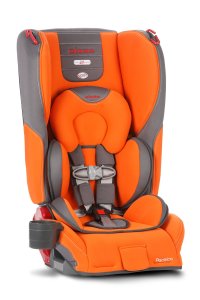


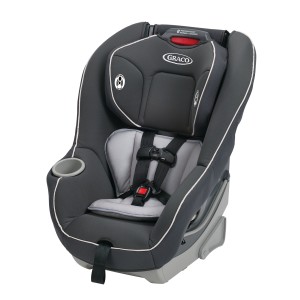
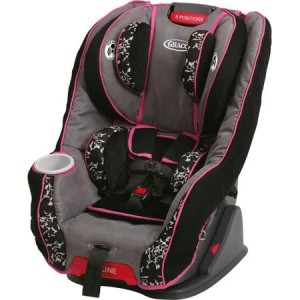
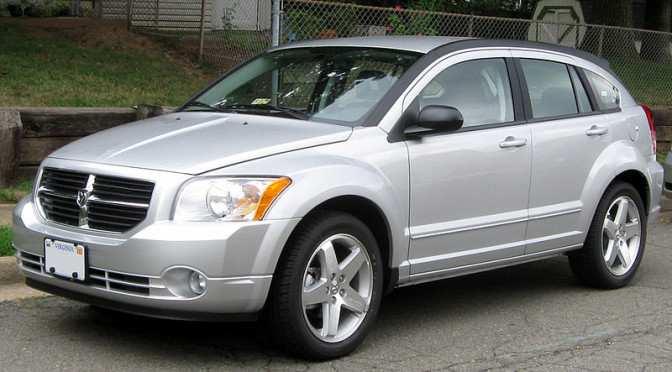
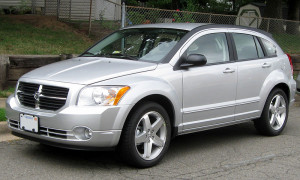 2007, 2008, 2009, 2010, 2011, 2012 Dodge Caliber
2007, 2008, 2009, 2010, 2011, 2012 Dodge Caliber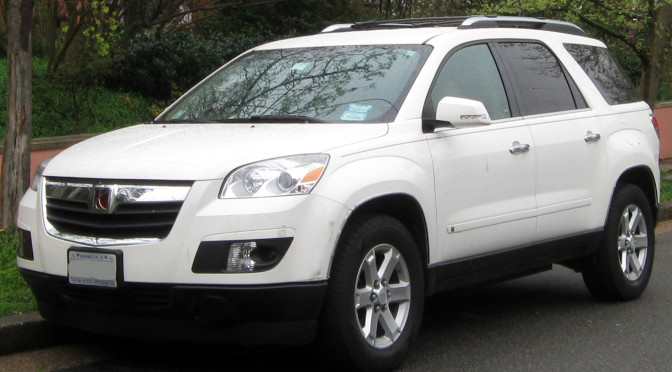
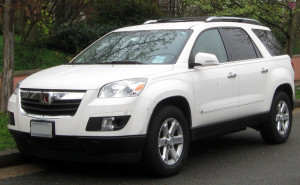 2007, 2008, 2009, 2010 Saturn Outlook
2007, 2008, 2009, 2010 Saturn Outlook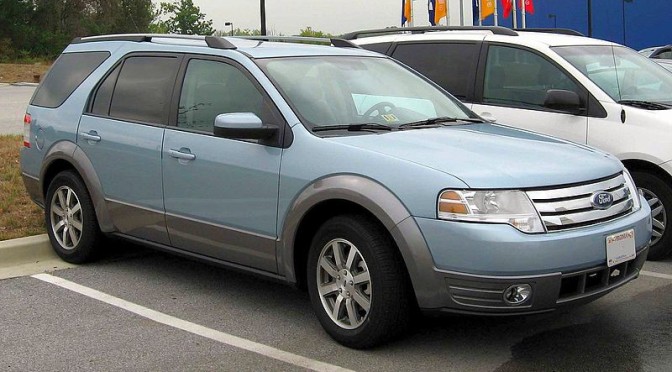
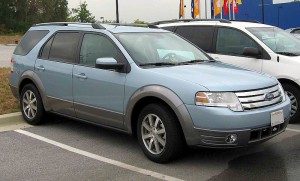 2004, 2005, 2006, 2007, 2008, 2009 Ford Freestyle / Taurus X
2004, 2005, 2006, 2007, 2008, 2009 Ford Freestyle / Taurus X